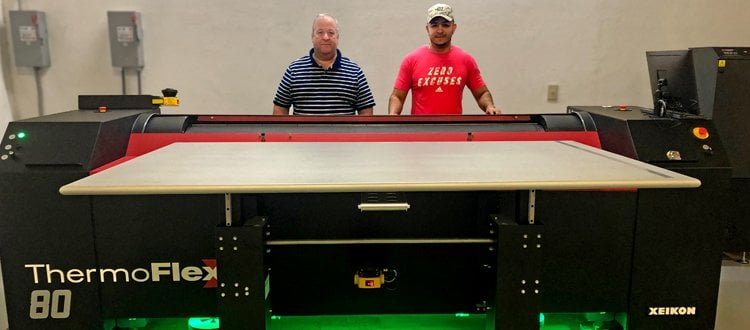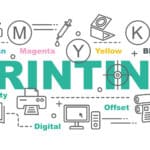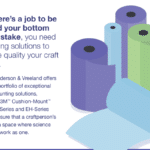Playing Leapfrog with Digital Plates
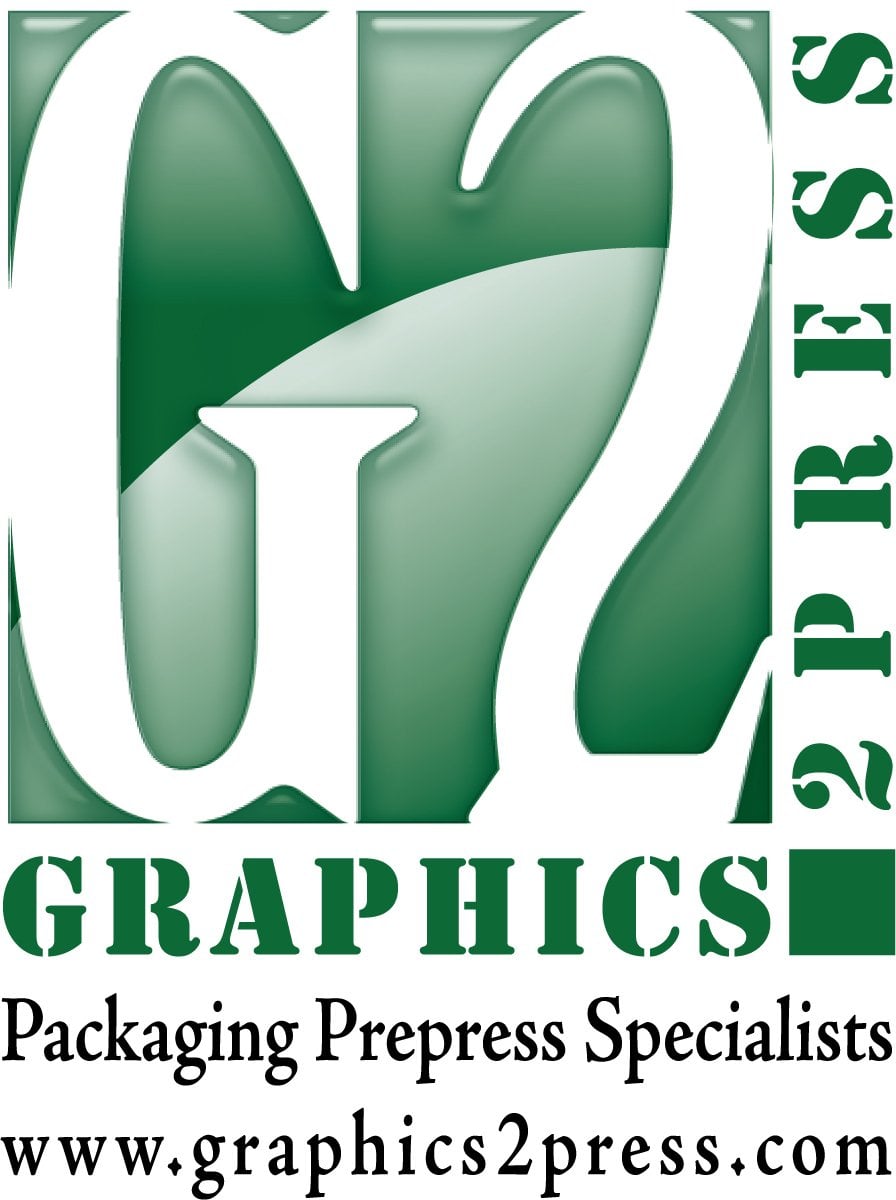 Sam Merenda and his partners at Graphics2Press had a decision to make. Running a trade shop that made plates for converters of corrugated boxes and poly bags, they had been using liquid photopolymer plates and analog sheet photopolymer plates since opening their doors in 2004. While keeping a finger on pulse of an ever-advancing digital sheet polymer market they initially felt their market did not justify the need for a digital system.
Sam Merenda and his partners at Graphics2Press had a decision to make. Running a trade shop that made plates for converters of corrugated boxes and poly bags, they had been using liquid photopolymer plates and analog sheet photopolymer plates since opening their doors in 2004. While keeping a finger on pulse of an ever-advancing digital sheet polymer market they initially felt their market did not justify the need for a digital system.
“Analog always worked very well for us and we didn’t have a particular need that was driving us to digital,” relates Mr. Merenda. “But at the same time, we realized there is really no forward-looking technology in analog sheet polymer. All of imaging technology is moving to digital. We needed to take a look.” So Mr. Merenda went to Drupa in Dusseldorf, Germany, in 2016 to find out more.
There he met with a leading purveyor of digital photopolymer technology and with Xeikon to learn about its ThermoflexX digital platemaker. Back in the U.S. he met with people from both companies, including some he already knew from Anderson & Vreeland, the independent North American distributor for ThermoflexX plate makers. Mr. Merenda says having Anderson & Vreeland in the loop was a key advantage because Graphics2Press had long turned to A&V for a wide range of supplies and equipment. This boosted his confidence, but he soon found that the 80-inch ThermoflexX plate maker he was considering was more expensive than the other digital polymer system he was considering. So he asked why.
A&V explained the many advantages of the digital plate maker, such as speed, efficiency, and its industry-leading 5,080 dpi resolution. That resolution, he realized, while presently important for some companies using flexible packaging, will soon be expected by brand owners specifying folding cartons and corrugated containers. Thinking about both present and future customer requirements, Mr. Merenda realized he needed to balance the needs of those satisfied with the 2400 dpi capabilities of analog polymer, yet support others who sought image quality up to 5080 dpi by using a digital plate maker.
 “A&V answered all our questions and addressed all our concerns,” explains Mr. Merenda. “We’ve had an excellent relationship with them since we opened our doors. Knowing we’d be working with Anderson & Vreeland when making an investment like the ThermoflexX made the decision much easier.”
“A&V answered all our questions and addressed all our concerns,” explains Mr. Merenda. “We’ve had an excellent relationship with them since we opened our doors. Knowing we’d be working with Anderson & Vreeland when making an investment like the ThermoflexX made the decision much easier.”
Once the new digital plate maker was up and running more of its advantages quickly became evident. The immediate one was plate quality. “The ThermoflexX,” he explains, “can image plates at a very high resolution, but it also works for all the lower resolution jobs we do every day. This gives us unparalleled flexibility in which technology we use while letting us raise the bar on what we offer customers,” he continues. “It is not a matter of one being better as much as it is a matter of having the choice of which to use for a given customer requirement.”
Faster and Easier
Still, for Mr. Merenda and his team operational benefits of the ThermoflexX changed the workflow and personnel required.
“Handling an 80-inch digital photopolymer plate is definitely a learned skill,” says Mr. Merenda. “We thought we might require two people to make sure the plate’s digital layer did not crack, but not so. The ThermoflexX has automatic plate loading and auto-feed, so plates load quickly and accurately. This is a huge advantage because it requires less human handling and makes the training process much faster and easier. The time savings have been fabulous.”
Mr. Merenda and his team have also found that digital plates enable more precise and repeatable imaging than is possible with analog plates. Although this not a big concern for shops needing plates for one-time use, such consistency can be a significant advantage for jobs that go to converters all over the nation. For example, a converter may need to replace a damaged cyan plate. Using a digital plate maker the single needed plate can be reproduced, shipped, and will work perfectly on a press two time zones away with no loss of image quality or registration. Perhaps more important, this consistency ensures that if a job is rerun a year later, with new plates, it will look just as it did the first time it was produced. Such consistency can be especially important for some brand owners, so having a digital option can be a valuable competitive advantage.
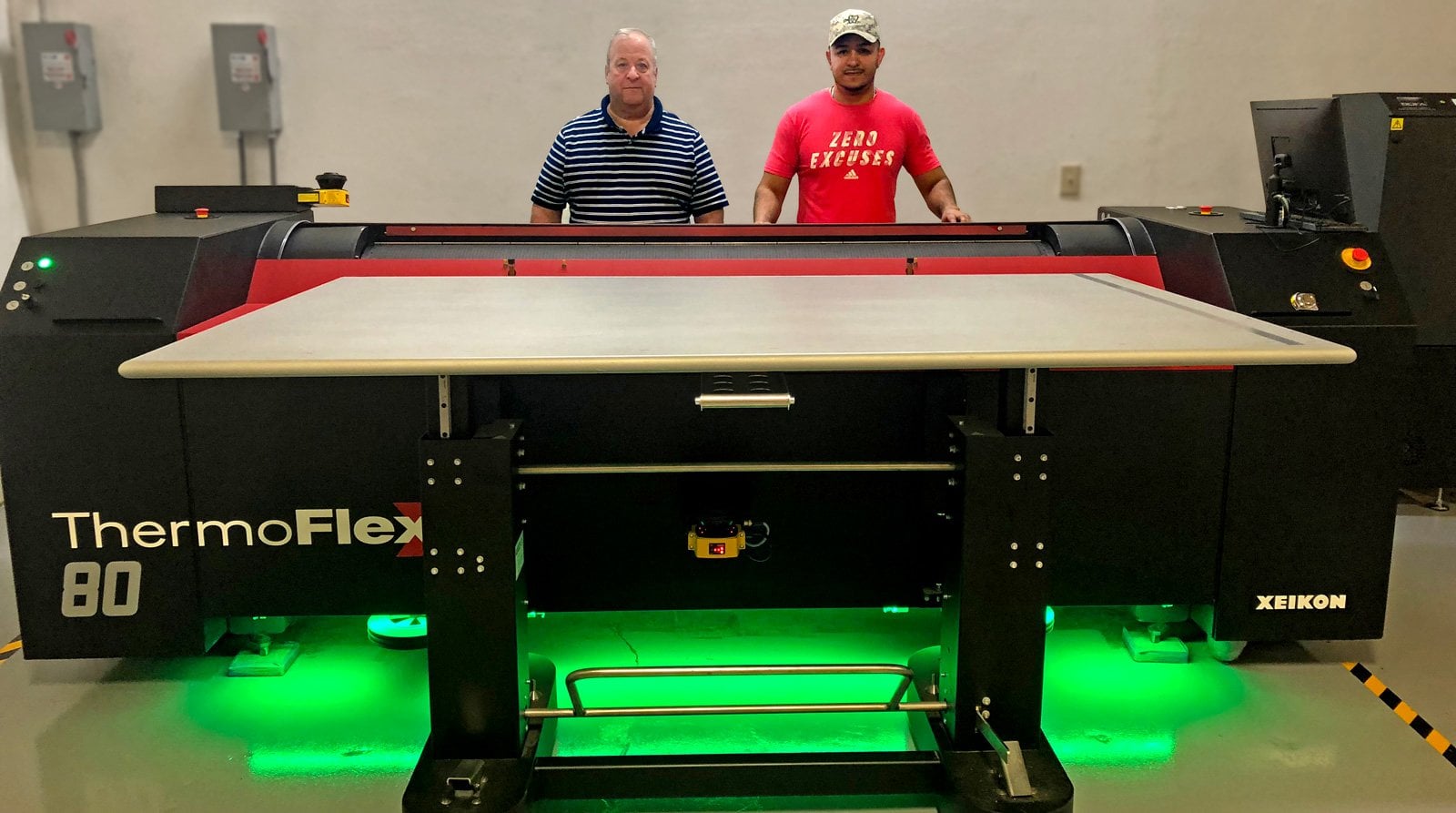
20 Minutes
In a world where a fast turnaround is increasingly essential, the greater productivity of digital plate making can translate into capacity. “We can save up to 20 minutes per plate, which works out to be about a 25 percent increase in throughput,” says Mr. Merenda.
On many jobs with digital plates, these savings can help Graphics2Press turn more jobs around in a given shift, decreasing turnaround time for customers and allowing more jobs to be completed and shipped each week. Combine this throughput with faster, easier loading and consistent, repeatable imaging, and the 80-inch ThermoflexX digital plate maker is earning its place on the shop floor.
“The digital system does require learning some new skills,” admits Mr. Merenda, “but the advantages are proving their value to our business.“

